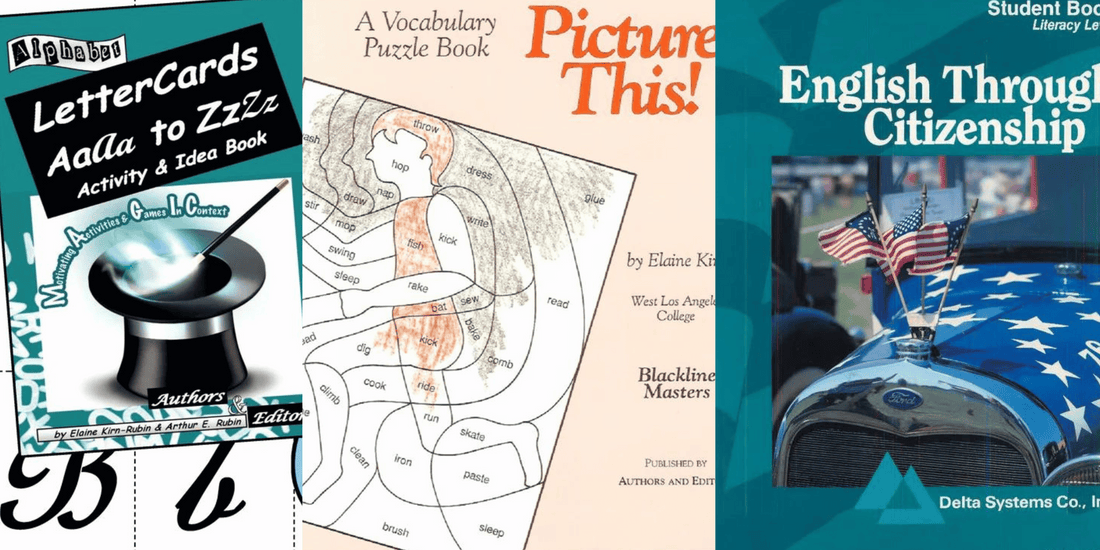-
Utilize Visual Aids: To help beginners grasp word meanings, leverage visual aids extensively. This includes not only images but also gestures and facial expressions to reinforce new vocabulary

- Start with Fundamentals: Ensure your students have a solid grasp of the basics like the alphabet, fundamental vocabulary, and simple grammar. Progress tests tailored for literacy and beginning levels of proficiency are crucial before advancing to complex topics.
- Simplify Your Language: Communicate in straightforward language. Steer clear of intricate vocabulary or idioms that might confuse beginners.
- Employ Pictures and Diagrams: Use these tools to make abstract concepts tangible. This approach is particularly effective for literacy-level English and thematic learning, such as English through citizenship.
- Break Down Complex Materials: Dissect complicated topics into smaller, digestible parts. Allow students to practice each segment thoroughly before progressing.
- Diversify Teaching Materials: Enrich your lessons with a variety of resources. Incorporate videos, podcasts, real-life media items, and digital resources to maintain engagement and foster interactive learning.
- Foster Active Participation: Encourage students to be active in class—ask questions, participate in discussions, and collaborate in activities. This involvement is key to learning.
- Implement Group Dynamics: Utilize small groups for challenges, cooperation, competition, and collaboration. Let advanced students aid their peers, providing you the opportunity to guide and motivate everyone.
- Practice Patience: Patience is vital in ESL teaching. Allow ample time for practice and understanding, and progress at a pace that accommodates all learners. Celebrate every effort, no matter how small, to boost motivation.
- Access Tailored Resources: Our website offers specialized materials for teaching ESL to beginners. With 10 categories covering all aspects of ESL, we provide an array of lessons, activities, flashcards, card decks, and worksheets. These resources are versatile, suitable for online learning, tutoring, homeschooling, and classroom instruction, and cater to all learning levels.
By employing these strategies and tapping into the wealth of resources available, teachers can create a nurturing and effective learning environment. Remember, the goal is not just to teach English, but to open doors to new opportunities and experiences for learners. We invite you to explore our website for more resources and insights, and join us in our mission to make ESL teaching a fulfilling and impactful endeavor.
About Work/Life English
For over 35 years, Work/Life English has been dedicated to improving the lives of English language learners. We offer a comprehensive range of fun, effective English language improvement lessons and activities to help adult education ESL educators successfully engage their English language students and improve their English competencies, leading to a host of positive effects in students’ professional and personal lives. Better English, Better Life. For more information,www.worklifeenglish.com.

